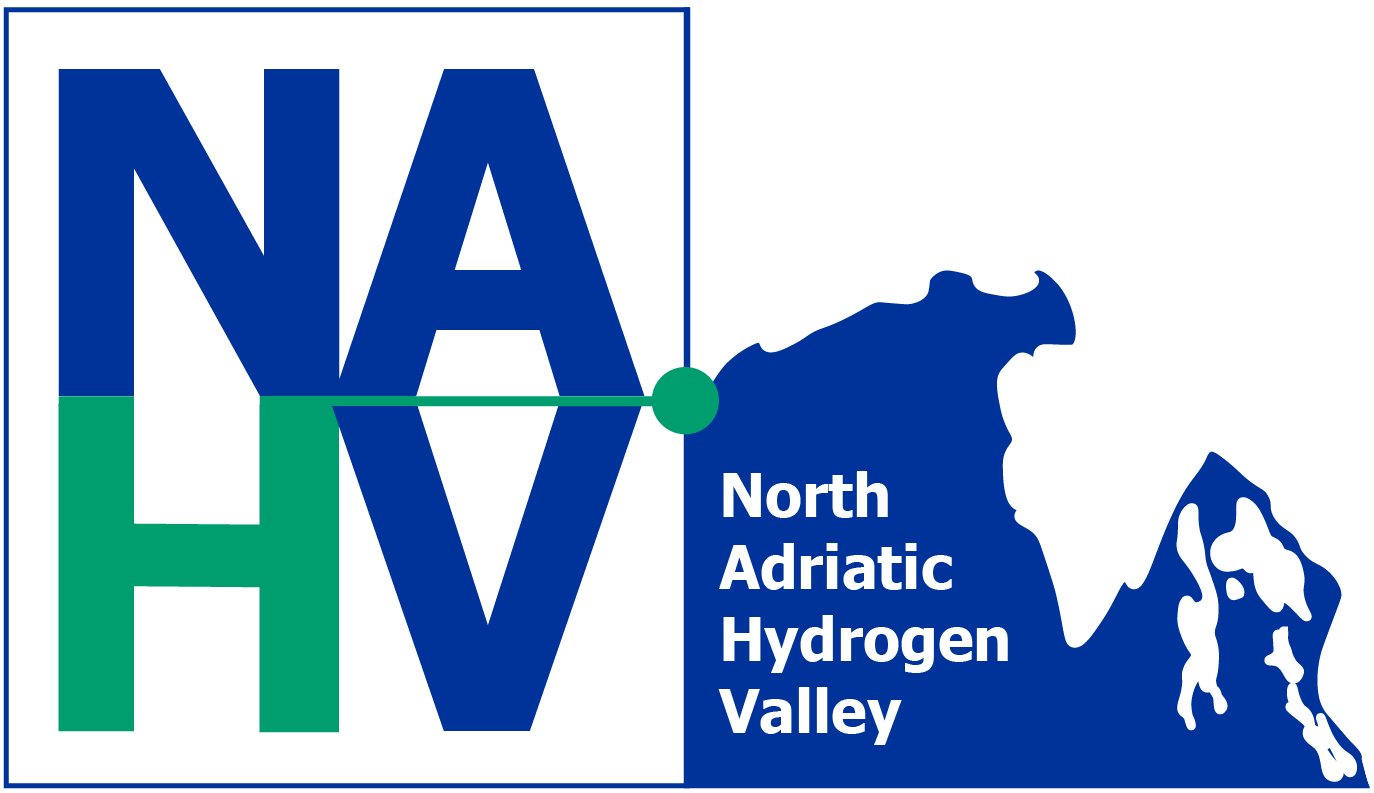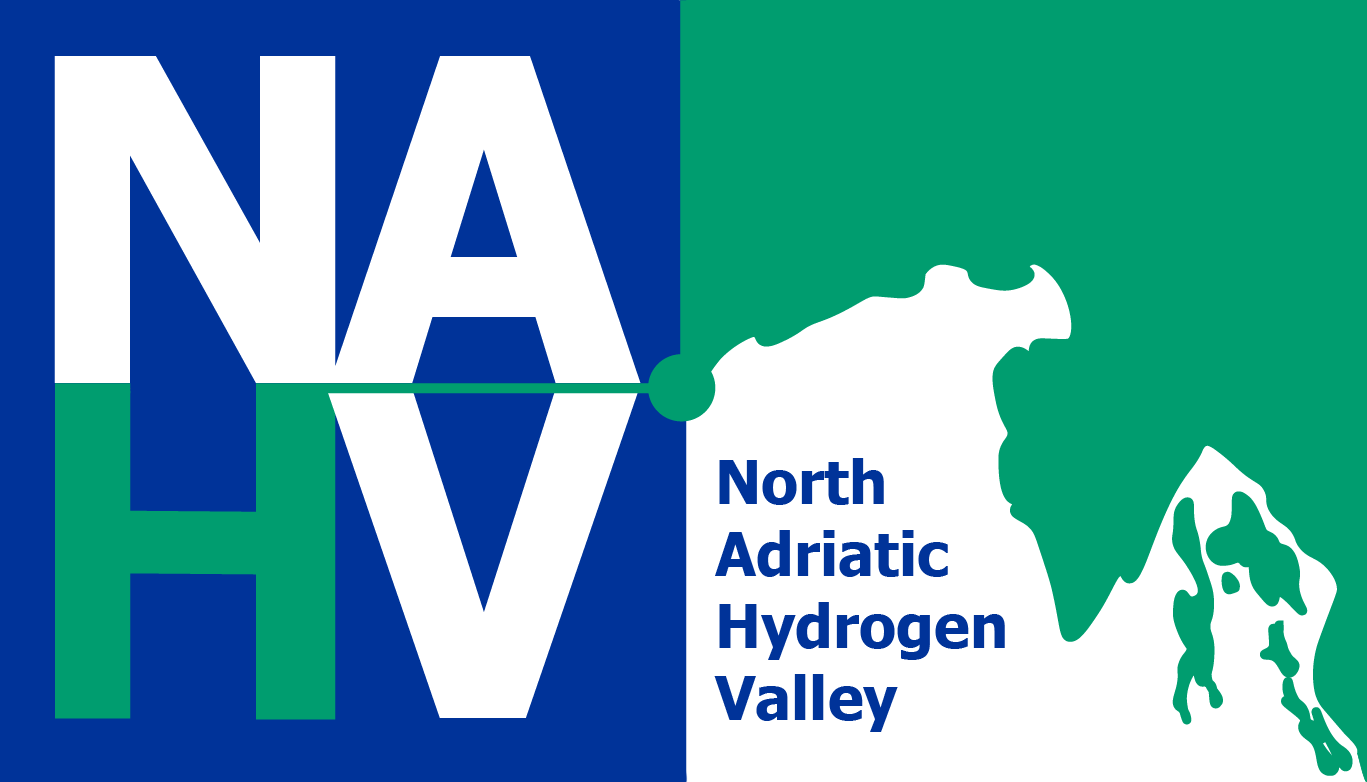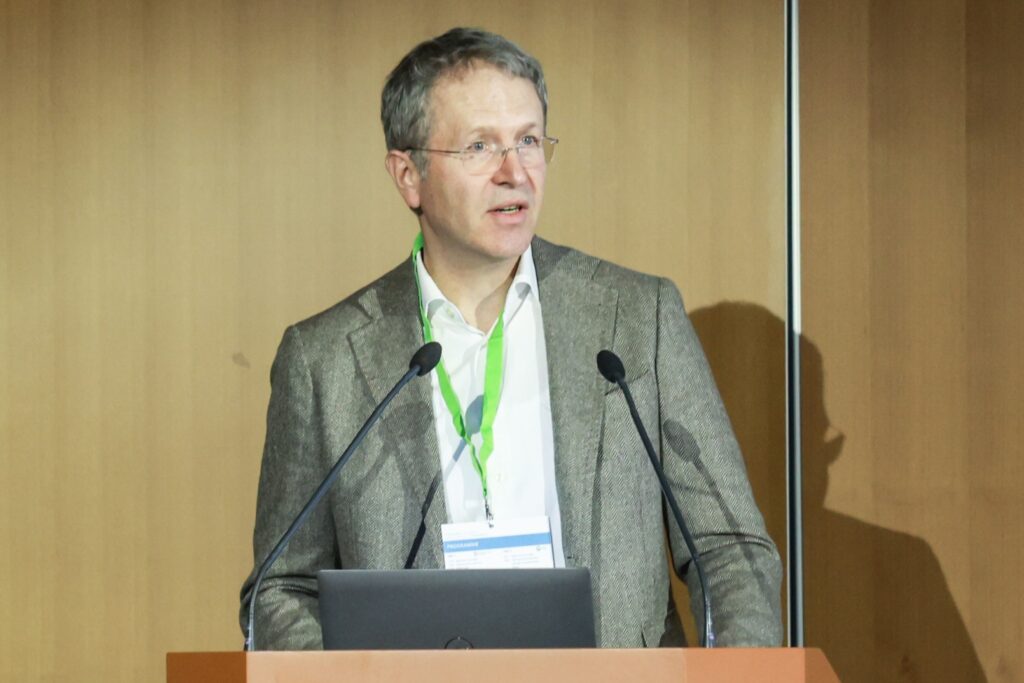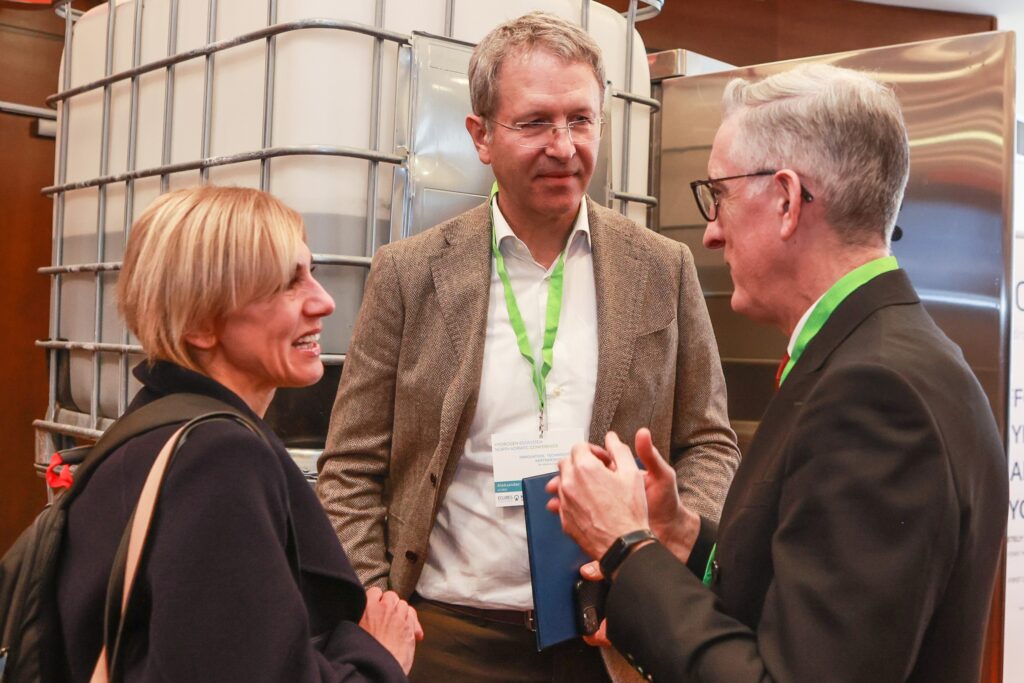Achieving affordable green energy requires innovation, strategy, and strong partnerships. Aleksander Gerbec, founder and managing director of ECUBES, is leading efforts to accelerate the hydrogen transition by developing infrastructure, storage solutions, and cross-border alliances. As a founding partner in the NAHV initiative, ECUBES is working on delivering affordable green energy on demand through pioneering projects that bridge production, transportation, and end use.
Company Overview
Company Name: ECUBES
Headquarters: Ulica Gradnikove brigade 49, 5000 Nova Gorica, Slovenia
Representative: Aleksander Gerbec, founder and managing director of ECUBES
Video: Hydrogen Ecosystem North Adriatic
ECUBES role in the NAHV is delivering affordable green energy on demand through innovative demo and pilot projects.
ECUBES is leading Work Package 6 and is involved in WP 2, WP 5, and WP 9.
Interview
What is your vision of the use of renewable hydrogen and the hydrogen economy as a whole?
Hydrogen is a key enabler for balancing energy demand with sustainable energy supply from nature. It enables flexibility at a systemic level.
We are implementing our vision of affordable green energy on demand before 2030, as we have shared at the 4th annual conference in Novo Gorica in November 2024.
This journey serves to decarbonise heavy industries and transport without paying up for transitioning to clear energy usage.
What are the main driving forces for the adoption of renewable hydrogen, and what are the major challenges for the ecosystem to successfully evolve?
Changing the system fundamentally does not happen overnight. It requires cooperation among multiple stakeholders, which does not always come naturally. The hydrogen supply chain is virtually non-existent today, so doing just a part of the supply chain causes bottlenecks and interdependencies with other building blocks in the supply chain.
The main driving force is the need for sustainable alternatives to fossil fuels to combat climate change. Significant investments in hydrogen infrastructure and projects supported by EU co-financing initiatives, and the economic transition of the EU towards becoming a hydrogen producer to reduce dependence on fossil fuel imports, are key supporting factors of change.
Intensive, two-way communication among stakeholders is critical to achieving coordinated action across the value chain. We also need to overcome technological limitations, such as the long-distance transportation of hydrogen, to reduce costs and ensure its accessibility.
Specifically, what are the major challenges for your organisation when it comes to renewable hydrogen?
One of the most important challenges is addressing technological and logistical barriers, such as creating efficient transportation methods for hydrogen while ensuring cost-effective production, planning sufficient storage in Europe to receive the green energy from abroad, and arranging in time the financial means that this operation requires.
We call these projects EASE, which stands for Efficient & Advanced Storage of Energy. These steps are critical to making clean hydrogen competitive and widely available.
In parallel, there is a need for harmonising standards for green hydrogen trade, leading to simplification of cross-border transactions, reduction of logistical barriers, and enhancement of market fluidity.
What are your competencies related to renewable hydrogen that you would like to strengthen and share within the NAHV ecosystem?
As of 2014, ECUBES is at the forefront of conceptualising and implementing hydrogen architectures for the region. We aim to strengthen collaborations with technology developers, universities, and industrial players to exchange knowledge and foster innovation within the NAHV ecosystem. This enhances the demand side, or as we call it, the downstream.
ECUBES has unique competences in storage and transportation of hydrogen. This is the midstream.
Finally, ECUBES is building overseas the equivalent of NAHV for the production of green hydrogen at places where the price of energy is two or three times lower than in Europe. We call this project Oryx Green Adriatic Blue, and it refers to upstream.
The real unique competence is that we address the entire supply chain holistically, concurrently and cooperatively. By doing so, we break the barrier of interdependence. Those having the capacity to receive affordable hydrogen by having their own EASE project ready in time, which requires no capex investment, can benefit from the affordability to import hydrogen made at places where energy is 2 to 3 times cheaper than here, yet providing the flexibility to switch on and off the use of the energy like with natural gas.
What is your role in the NAHV, and what will be your main contribution to the objectives of the initiative?
ECUBES focuses on advancing hydrogen infrastructure, supporting projects across the entire value chain—from production to end use—and facilitating regional and transcontinental collaborations to bolster the hydrogen economy.
What are your long-term expectations arising from your involvement in the NAHV, and how would you like to contribute to the development of the entire ecosystem in the long run?
We plan to support the construction of a complete hydrogen ecosystem, addressing infrastructure, regulatory, and investment needs. By fostering partnerships and innovations, we aim to ensure that the North Adriatic region becomes a global model for sustainable hydrogen development.
What would you suggest to other protagonists who are interested in joining the initiative?
There is no doubt about what you can get from NAHV: affordable green energy on demand. Imagine you have a plug, and when you want cheap green energy, it is available. Who does not want that? And you do not need to put money on the table upfront.
The question for everyone involved is how the NAHV ecosystem may benefit from your presence. We have enough offtake interest for green hydrogen at the price of fossil fuel.
How to make green hydrogen affordable, we already know, and the path is crystal clear.
Where we can use assistance in this path is with additional capital, deepening of policy-making support both locally and nationally, and more engineering capacity.
So, if you ask what is on my wish list, here it is:
Additional top-notch engineers,
Additional development capital,
And broad support from national and local levels to lead projects in Croatia, Friuli Venezia Giulia and Slovenia.
Pictures: Aleksander Gerbec opening the 4th Hydrogen Ecosystem North Adriatic Conference and talking to Ketty Segatti, responsible for the operational area covering research, innovation and EU funds, Region Friuli-Venezia Giulia, and Stephen Taylor, Strategic coordinator of the NAHV JWC
Photo: Barbara Reya



